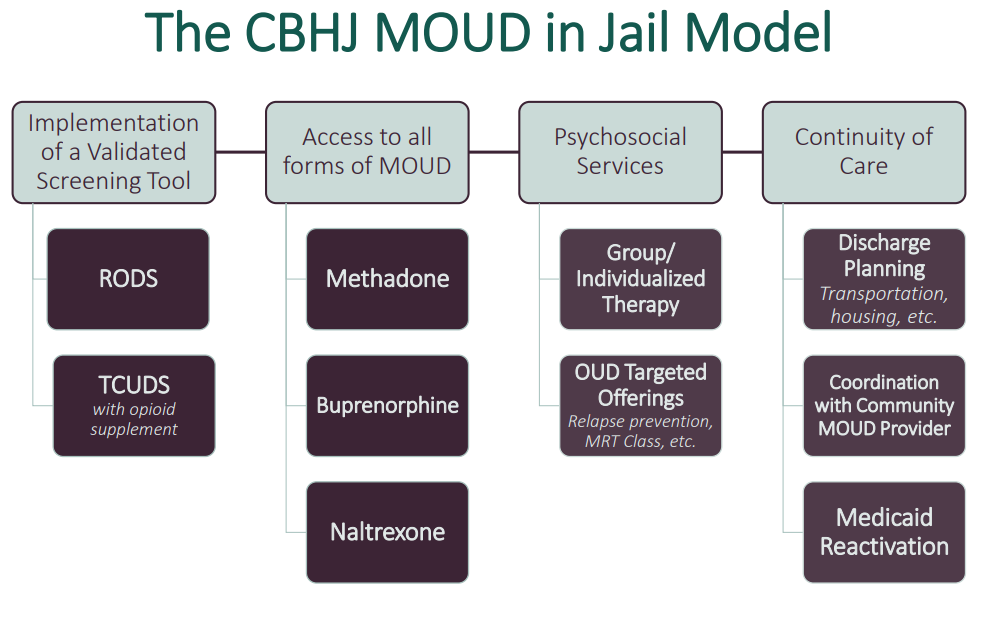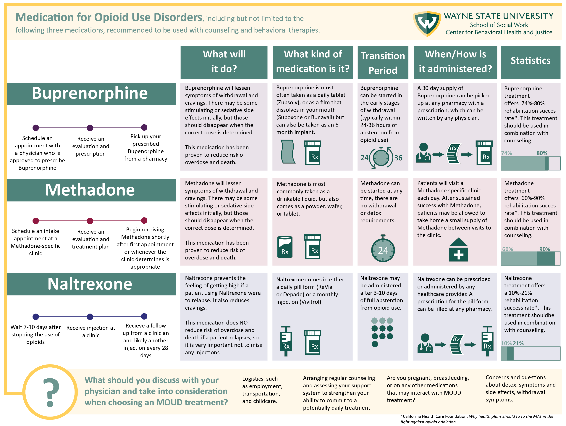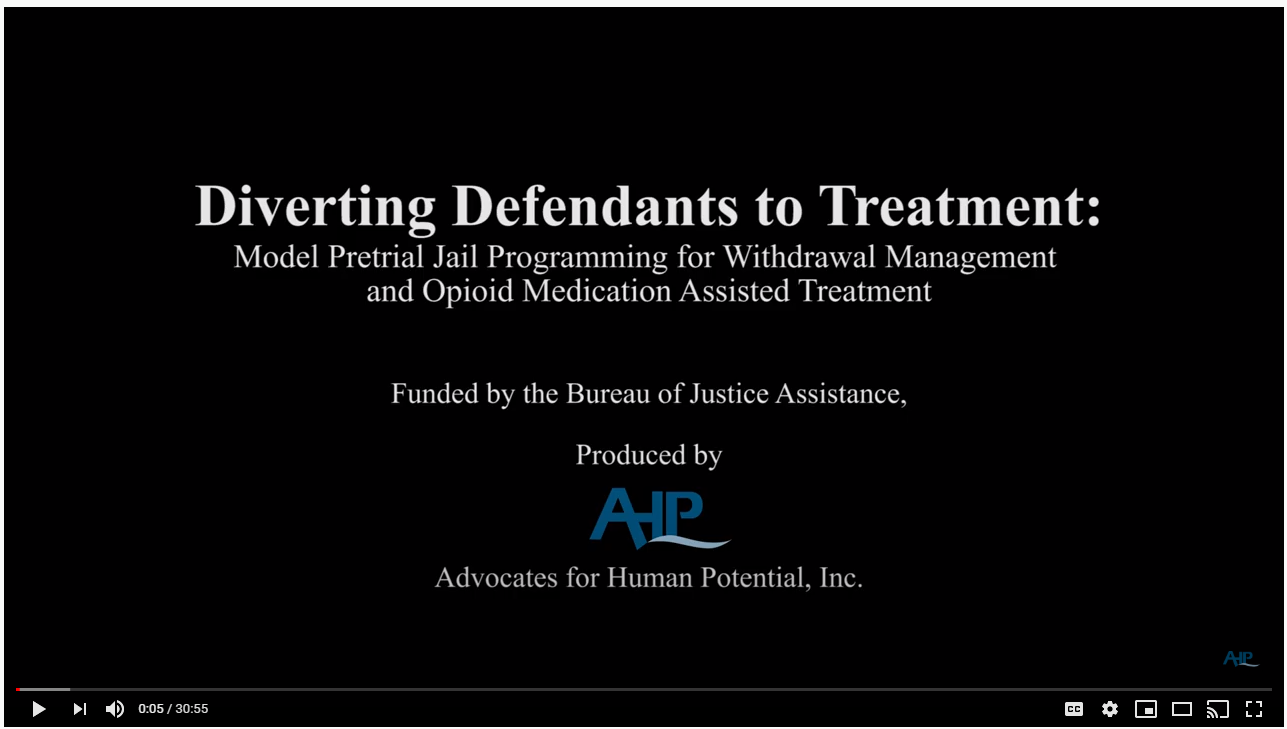Opioid Treatment Ecosystem (OTE) April 2020 Newsletter
OTE Update: County Readiness and Michigan Comparisons
 All counties participating in the Opioid Treatment Ecosystem (OTE) development took part in a baseline survey to gauge readiness for programming and continuation of this Ecosystem into the future. The February 2020 OTE update outlines the initiative goals, implementation framework, and provides a progress update. The presentation details how the initiative relates to other Michigan counties and potential positive impacts of OTE programming statewide. Read the update
All counties participating in the Opioid Treatment Ecosystem (OTE) development took part in a baseline survey to gauge readiness for programming and continuation of this Ecosystem into the future. The February 2020 OTE update outlines the initiative goals, implementation framework, and provides a progress update. The presentation details how the initiative relates to other Michigan counties and potential positive impacts of OTE programming statewide. Read the update
OTE Program Report: Proactive Response to Overdose and Appropriate Connections to Treatment (PROACT)
 While several opioid treatment funders target naloxone distribution and jail programming, the Michigan Health Endowment Fund's unique focus on Michigan's Emergency Medical Services (EMS) could create a new paradigm of public overdose response. Studies suggest that overdose victims are at high risk for a subsequent overdose, yet few will engage in treatment after emergency department (ED) care. The CBHJ facilitated PROACT programs where first responders notify treatment providers to meet overdose victims where they are: at their homes, at the incident location, or even at the ED. Learn more
While several opioid treatment funders target naloxone distribution and jail programming, the Michigan Health Endowment Fund's unique focus on Michigan's Emergency Medical Services (EMS) could create a new paradigm of public overdose response. Studies suggest that overdose victims are at high risk for a subsequent overdose, yet few will engage in treatment after emergency department (ED) care. The CBHJ facilitated PROACT programs where first responders notify treatment providers to meet overdose victims where they are: at their homes, at the incident location, or even at the ED. Learn more
COP Resource: Medications for Opioid Use Disorder Infographic
Medications for Opioid Use Disorder (MOUD) include buprenorphine, methadon e, and naltrexone. This infographic explains the utility of each form of MOUD, how it is administered, transition periods, and statistics on effectiveness. For example, buprenorphine treatment offers a 74-80% rehabilitation success rate. MOUD is recommended to be used alongside counseling and behavioral therapies. View the MOUD infographic
e, and naltrexone. This infographic explains the utility of each form of MOUD, how it is administered, transition periods, and statistics on effectiveness. For example, buprenorphine treatment offers a 74-80% rehabilitation success rate. MOUD is recommended to be used alongside counseling and behavioral therapies. View the MOUD infographic
National leaders call for methadone, buprenorphine and naloxone in correctional facilities
On April 3, 2020, a groundbreaking open letter-signed by current or former elected sheriffs, district attorneys and other law enforcement and criminal justice officials and leaders from across the US-called for increased access to methadone, buprenorphine, and naloxone in jails and prisons. Among the 58 signatures are Washtenaw County Sheriff Jerry Clayton, Ingham County Prosecutor Carol Siemon, and Ingham County Sheriff Scott Wriggelsworth. Read the letter
Using emotional intelligence as a tool to improve policing and corrections
Growing evidence suggests emotional intelligence (EQ) is a factor in predicting work performance that involves regular interpersonal contact with people-the cornerstone of the law enforcement profession. Utilizing emotional intelligence assists in providing better service to our communities and relationships with others in general. When progressive law enforcement agency leaders explore all available tools at their disposal to combat the current social disdain toward the police profession, a clearer understanding of emotional intelligence becomes essential. Learn more
"Why is this Happening?" podcast talks about the frontlines of addiction with author Beth Macy
 From the board rooms of pharmaceutical companies to the living rooms across America, Beth Macy traces the path of devastation wrought by opioids. Her latest book, "Dopesick" gives life to the urgency of the epidemic, illustrating just how woefully insufficient the national response has been to the scale of the crisis. She lays out the often-insurmountable barriers that stand between someone suffering and the treatment they need, and why stigma may be the biggest obstacle of them all. Listen to the podcast
From the board rooms of pharmaceutical companies to the living rooms across America, Beth Macy traces the path of devastation wrought by opioids. Her latest book, "Dopesick" gives life to the urgency of the epidemic, illustrating just how woefully insufficient the national response has been to the scale of the crisis. She lays out the often-insurmountable barriers that stand between someone suffering and the treatment they need, and why stigma may be the biggest obstacle of them all. Listen to the podcast
LEAD: A Model for Successful Diversion
Law Enforcement Assisted Diversion (LEAD) has the potential to decrease recidivism and assist individuals pursuing treatment, strengthen trust between law enforcement and the communities they serve, and increase overall public health-making all the hard work our law enforcement officers do more effective overall. Learn more
Diverting Defendants to Treatment in Massachusetts and Kentucky
Massachusetts and Kentucky have used treatment in their facilities to reduce overdose deaths and improve their communities overall with great success. In this video, program administrators describe the innovative tactics they have used and program participants describe their experience in the program and the impacts it has had on them. Watch the video
